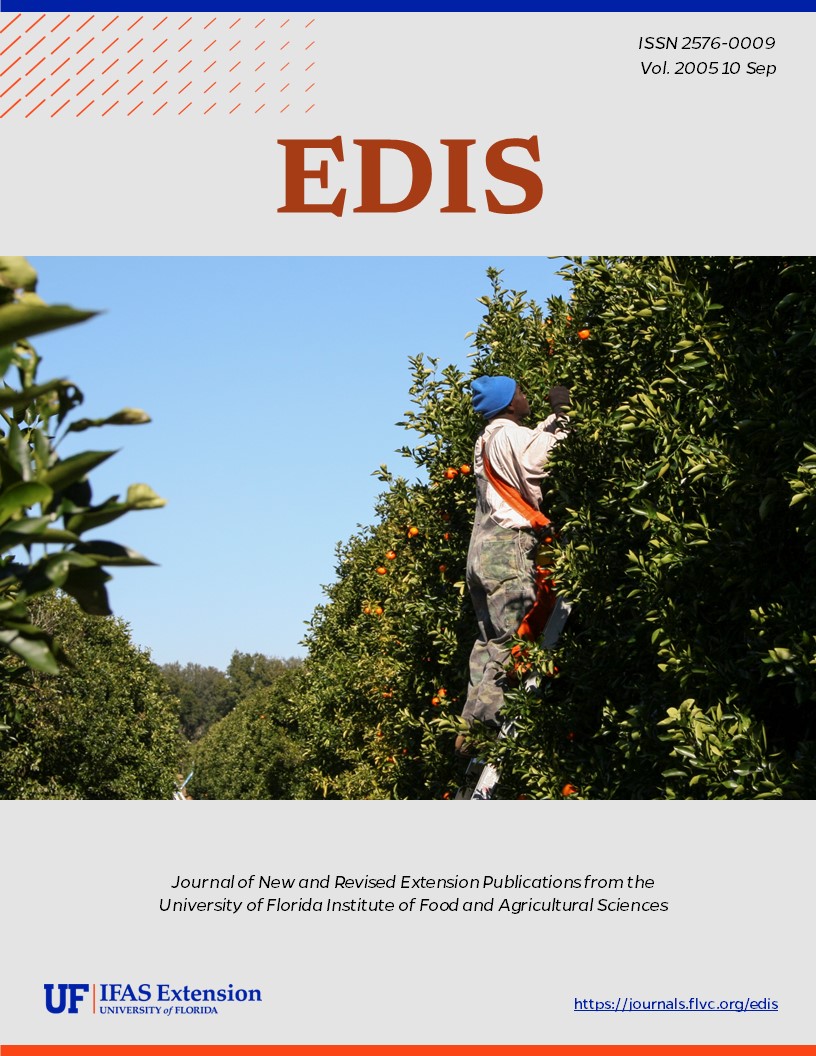Abstract
This paper is the third in a series of articles on planning programs to effectively outreach to diverse audiences. This series will include specialized papers on enhancing cultural competence, recruiting diverse volunteers, planning culturally appropriate marketing strategies, and other topics that are integral to the design and implementation of culturally relevant Extension education programs. This document is FCS9219, one of a series of the Family Youth and Community Sciences Department, Florida Cooperative Extension Service, Institute of Food and Agricultural Sciences, University of Florida. Original publication date September 2005.
References
Corey, M. S., & Corey, G. (2003). Becoming a helper. Pacific Grove, CA: Brooks/Cole.
Dresser, N. (1996). Multicultural manners: New rules of etiquette for a changing society. New York: Wiley.
Guion, L.A., Chattaraj, S.C.* and Lytle, S.S.* (2005). A conceptual framework for connecting across cultures. Journal of Family and Consumer Sciences, 97(1), 76-82.
Guion, L. A., Goddard, H. W., Broadwater, G., Chattaraj, S., & Sullivan-Lytle, S. (2003). Strengthening programs to reach diverse audiences. Gainesville, FL: Florida Cooperative Extension, University of Florida.
Lynch, E., & Hanson, M. (1997). Developing cross-cultural competence (2nd ed.). Baltimore, MD: Paul H. Brookes.
McPhatter, A. (1997). Cultural competence in child welfare: What is it? How do we achieve it? What happens without it? Washington, DC: Child Welfare League of America Press.
Murphy, E., & Nesby, T. (2002). A map for inclusion: Building cultural competency. Pullman, WA: Cooperative Extension, Washington State University.
Okun, B., Fried, J., & Okun, M. (1999). Understanding diversity: A learning-as-practice primer. Pacific Grove, CA: Brooks/Cole.
Schauber, A. C., & Castania, K. (2001). Facing issues of diversity: Rebirthing the Extension service. Journal of Extension, 39(6). Retrieved June 17, 2003, from http://joe.org/joe/2001december/comm2.html

